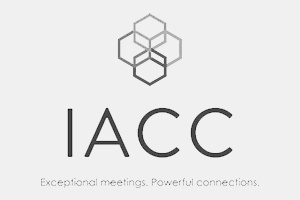In the modern workplace, success depends on employees’ ability to work well not just as individuals, but as part of a team.
Teams of today are diverse, dynamic and digitally-focused; they thrive in environments which enable them to easily share and participate. And when teams work effectively, productivity and performance get a boost, improving work quality as well as a company’s bottom line.
Collaboration is Key
For the teams of yesteryear, collaboration involved all gathering in the office meeting room to discuss ideas. But now, digital tools are available which allow employees to work together at any time, from any place – provided they have internet connection. Ultimately, these tools are helping us to share and collaborate in a highly-efficient way.
Collaboration tools have a number of other benefits, too. For instance, they make it easier for teams to track projects and access the most up-to-date version of documents. They also allow tasks such as project amendments to be carried out immediately, meaning no waiting around to hold a meeting or arrange a phone call. And finally, many tools allow teams to generate detailed project reports - a time-consuming task if done manually.
Now we know why collaboration tools are crucial to modern-day teamwork, here are some specific tools you should consider utilising:
Google Drive

Drive is tech giant Google’s personal cloud storage platform, which allows employees to upload and synchronise files across any digital device. It means that teams can access and edit the same files at the same time, no matter where they are. Drive can be downloaded as an app and comes equipped with an efficient in-built search engine. The first 15GB of space comes courtesy of Google, after that it’s a monthly cost.
Slack
Slack is instant messaging for business. In 2015, it was hailed as the fastest-growing cloud app in a survey by Okta, with a 77% rise in adoption. Channels are one of Slack’s best features. Conversation topics are organised by channels for specific teams, topics or projects – allowing employees to easily identify the discussions relevant to them, and join in. Slack also has a direct messaging feature and can be integrated with around 150 platforms, including Drive and Dropbox.
Skype
You may already use Skype for keeping in contact with friends and family around the world, but it has its place in the office too. Skype’s video call feature helps employees from different departments, offices or even countries to come together and discuss projects.
Asana
Asana is another cloud-based platform that allows employees to log-in wherever they are, and access all the information they need on any given project. Asana gives users an overview of all projects happening in the company, as well the tasks relating to each project. From the dashboard, employees can view all the tasks assigned to them as well as their deadlines; and are able to assign tasks to their colleagues.
There are tonnes of collaboration tools to choose from, each with the same aim: to bring teams together and help them to work more efficiently.






